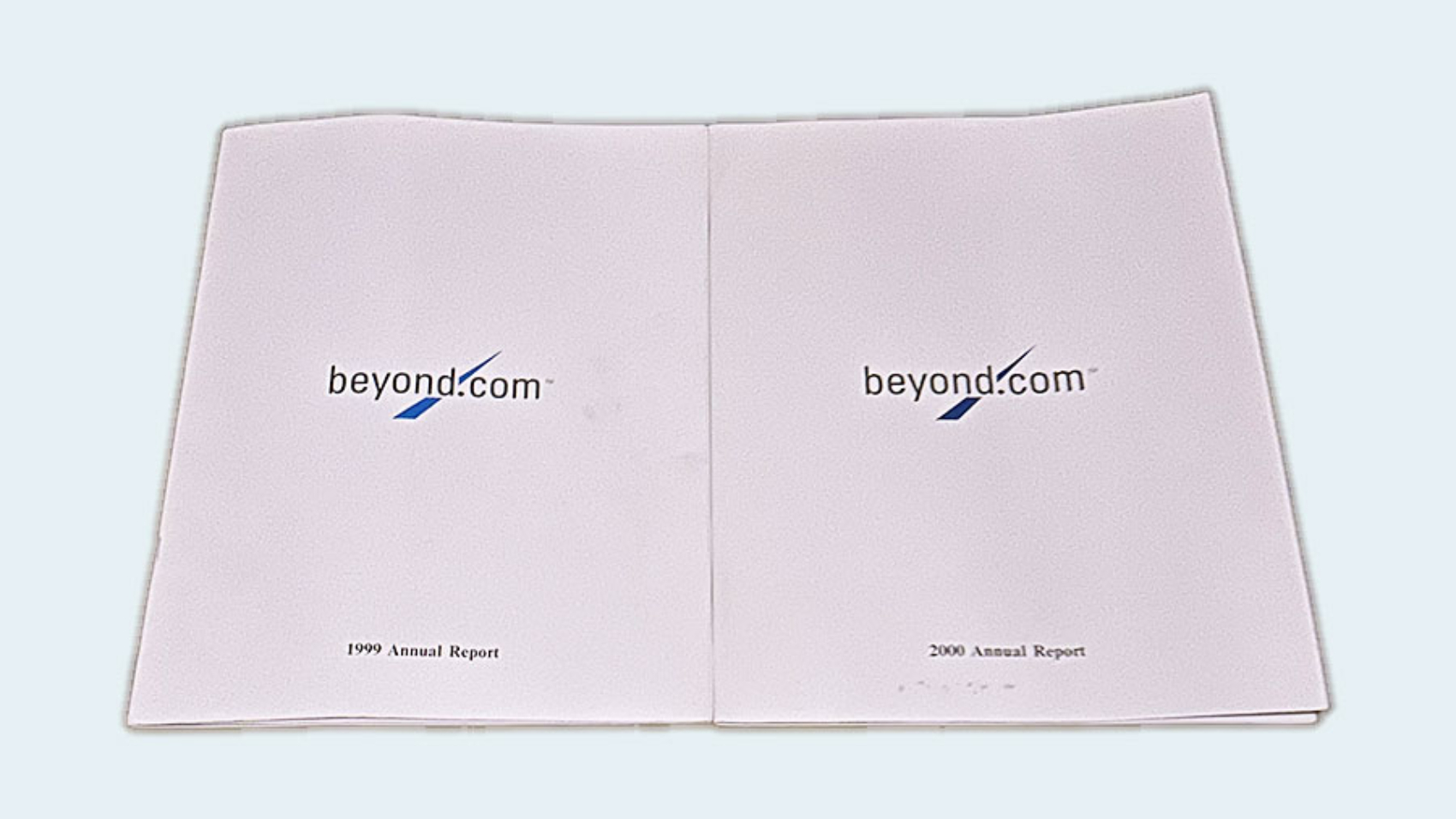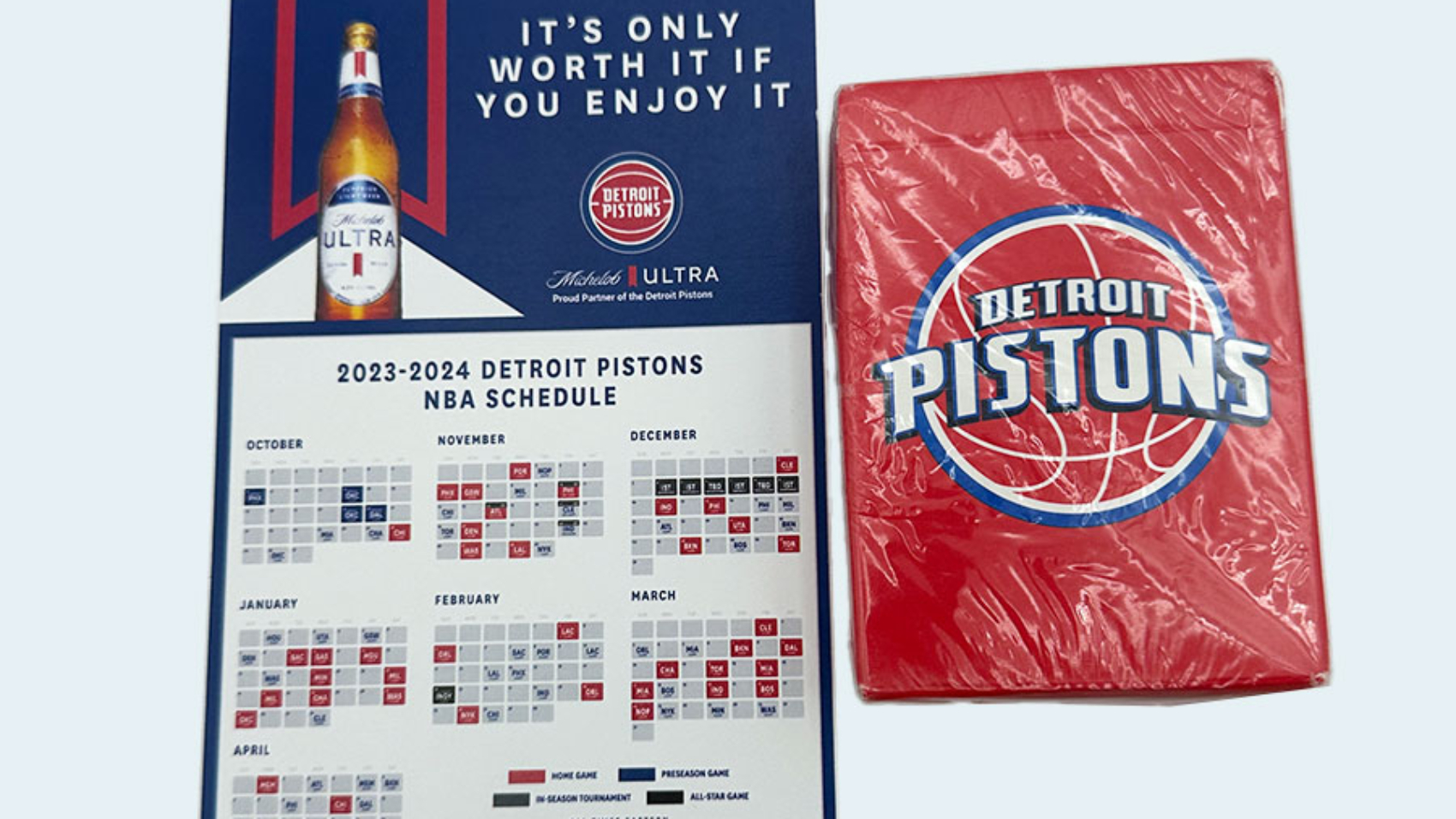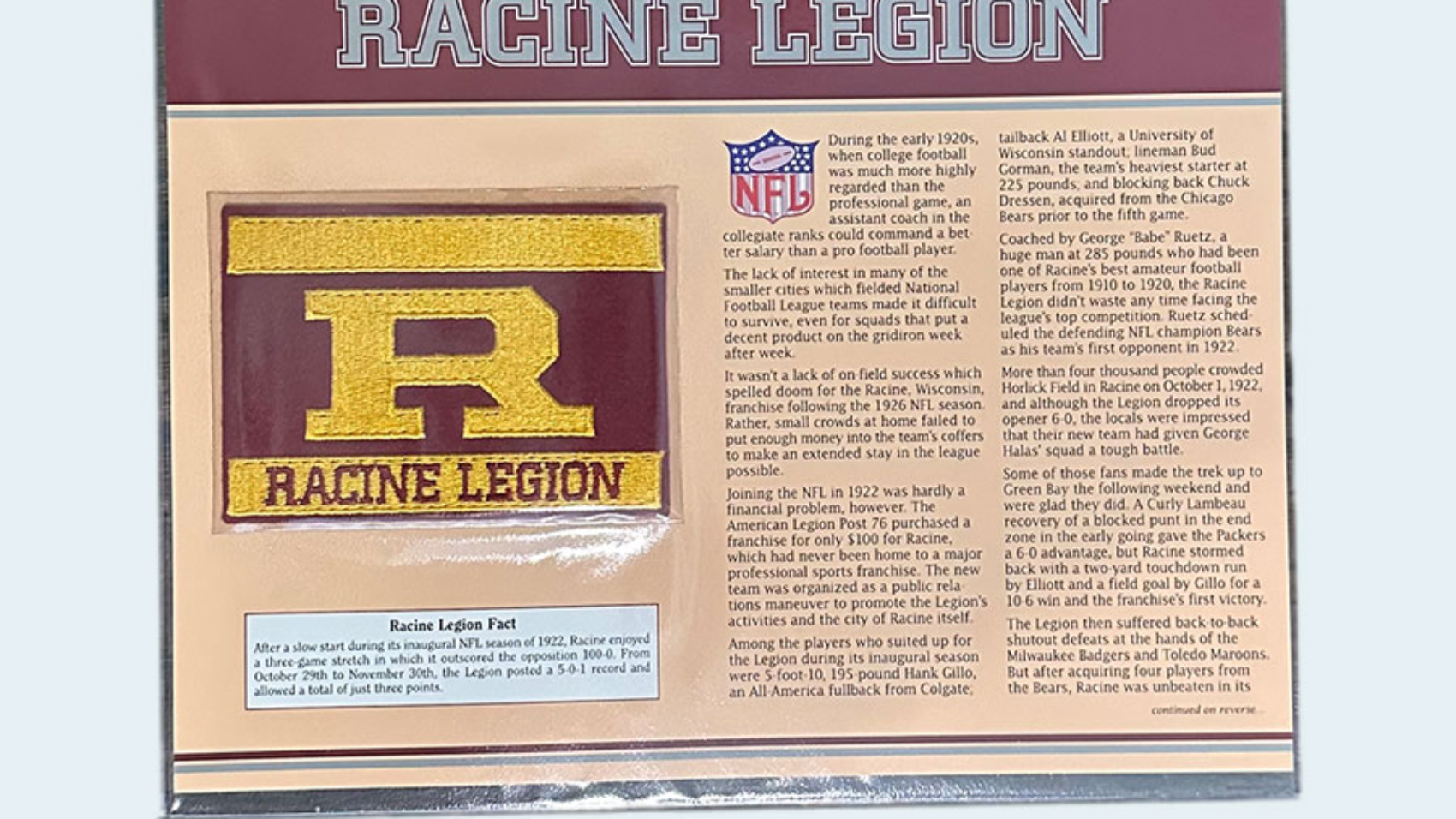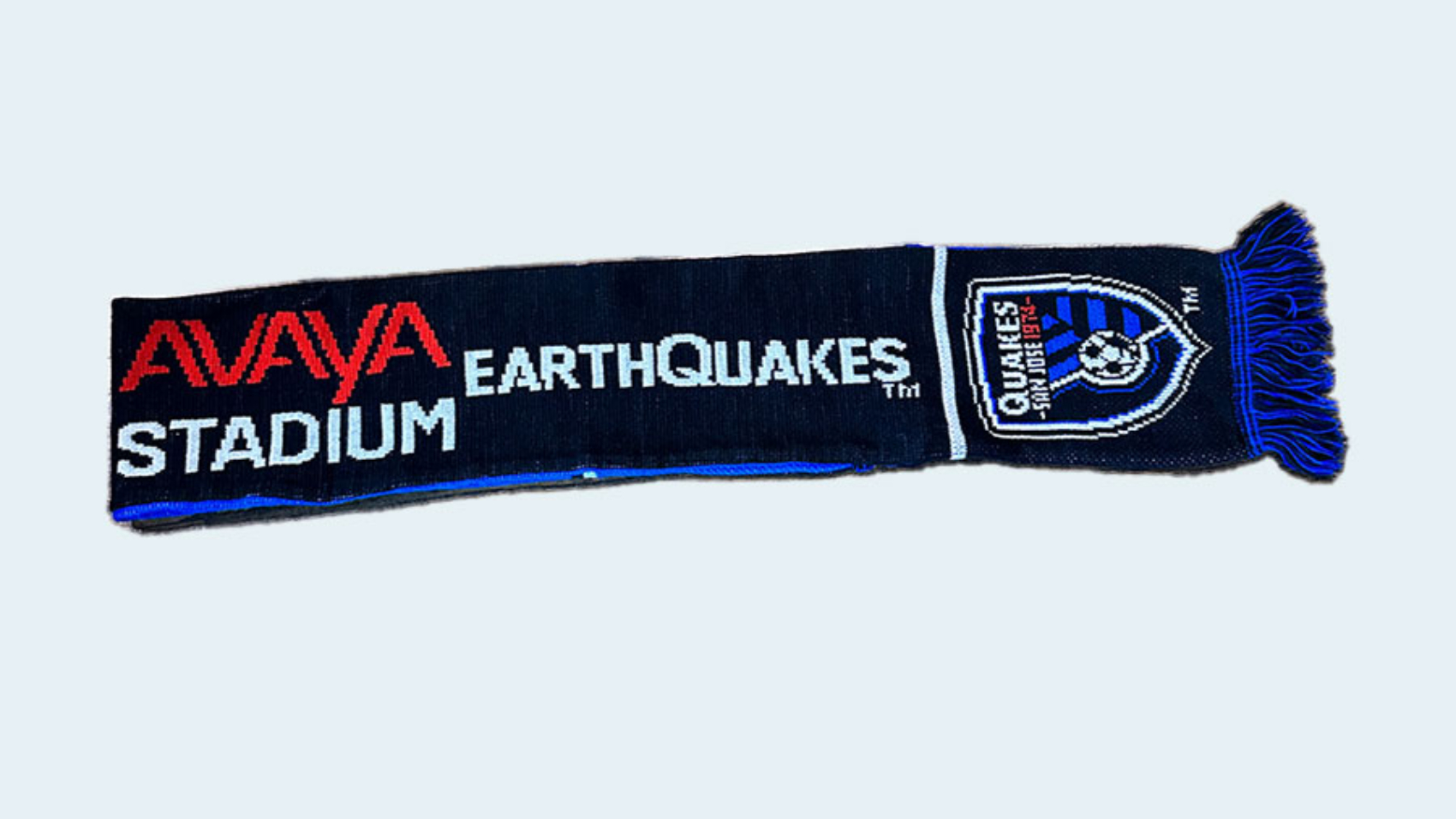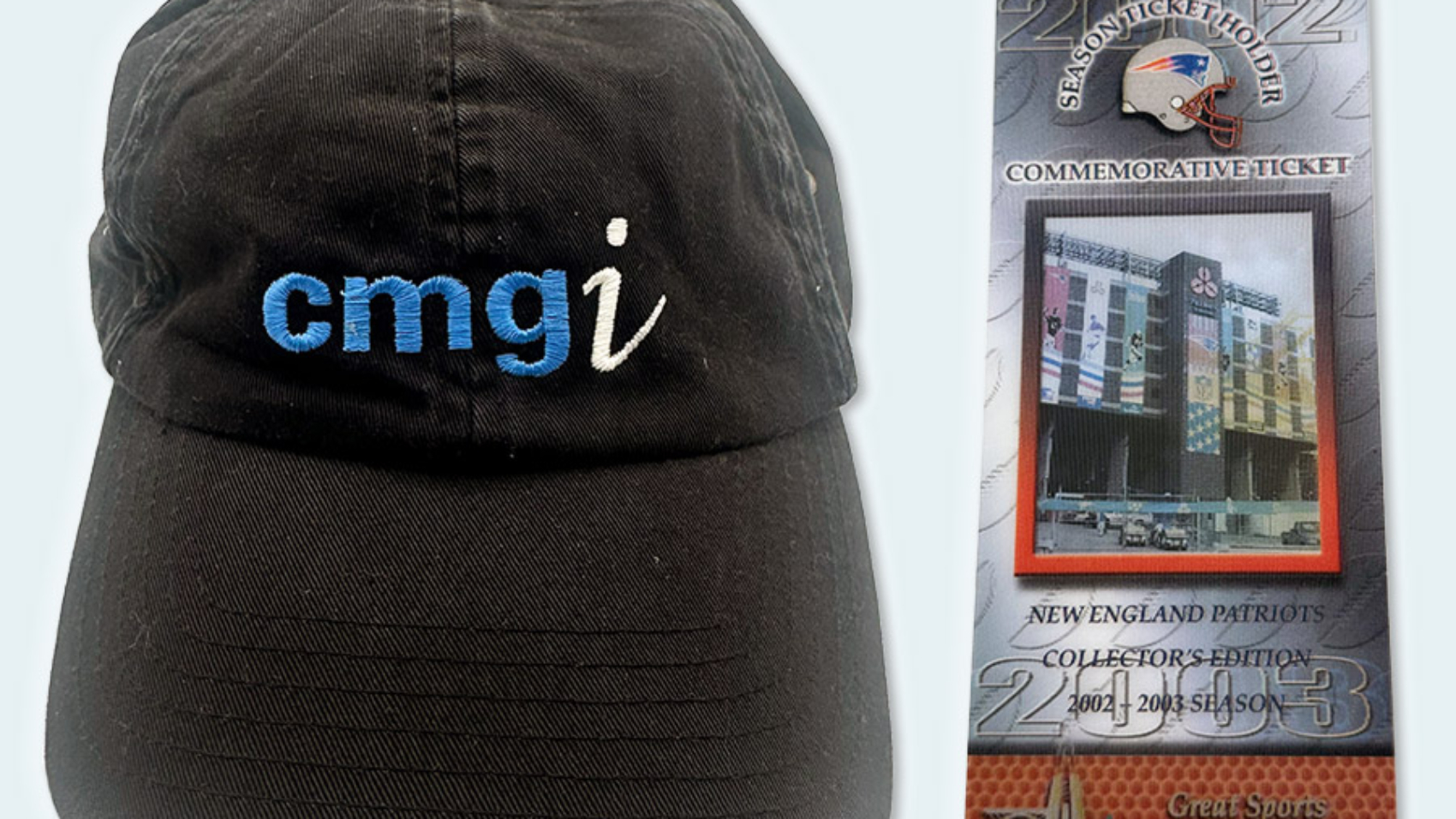Sports Authority signed a 25 year, $6 million per year naming rights deal with the Denver Broncos in 2011. The deal was forfeited when Sports Authority shut down in 2016. The current stadium name is Empower Field at Mile High.
Sports Authority was a very over-leveraged company, and it had $1 billion in debt coming due over the next two years. Meanwhile, competition from omnichannel merchants, as well as brands themselves, made it difficult for Sports Authority to stand out in the marketplace. Big box stores such as Wal-Mart and Target, as well as Dick’s and brands such as Nike (which has its own stores), pushed Sports Authority towards irrelevancy.



